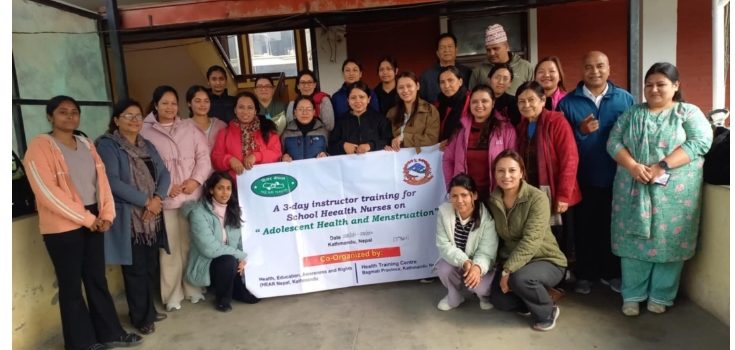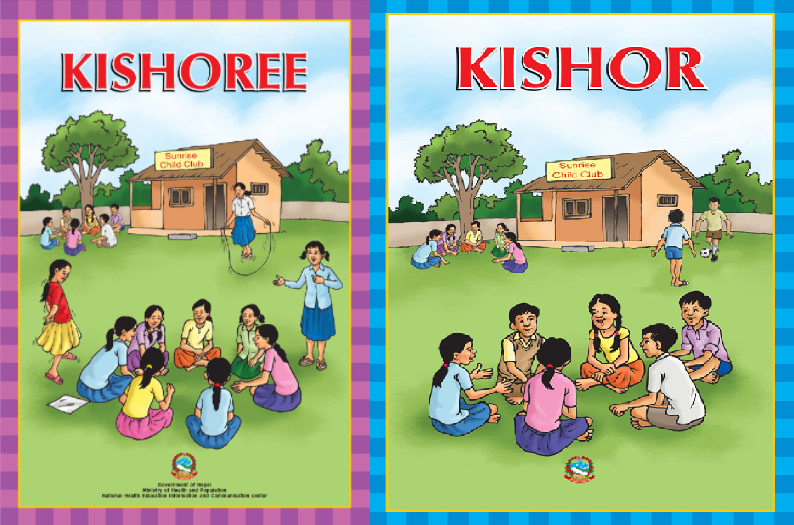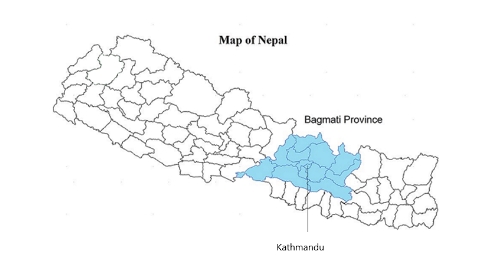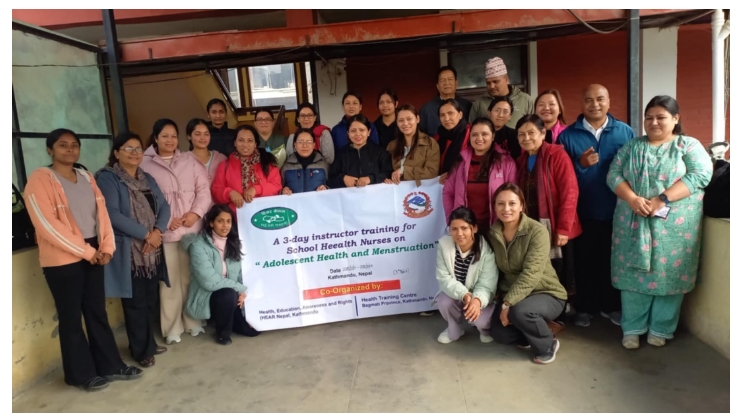
The success of our Girls’ and Women’s Project in Bajhang District (see Previous
projects), where our nurses taught 6th – 8th grade students in all 120 secondary
schools about puberty, menstruation and MHM, gender equality and harassment,
made us consider how to scale up our project and at the same time make it
sustainable.
The idea we hit upon is based on a government law stating that every school should
have a school nurse. School nurses are perfectly placed to teach their students about
the topics mentioned every year. However, school nurses know much about health
but little about effective teaching methods. Instead of using the prevalent frontal
teaching methods, where they simply read from books, we wish to teach them to
use participatory methods, such as group discussions in small groups, role play, Q&A,
etc.
We are using two educational booklets dealing with these topics, called Kishoree
(“Puberty – Girls”) and Kishor (“Puberty – Boys”), which we edited and translated into
Nepali, and for which we received approval by the Ministry of Health for teaching in
all schools in Nepal. We have also developed a manual for the school nurses about
how to best teach the contents of the brochures, chapter by chapter.

There are 7 provinces in Nepal, and we want to start in province 3, called Bagmati
Province, since they have hired school nurses faster than other provinces. This
province consists of 13 districts and includes the capital Kathmandu:

We contacted and met with representatives of the provincial ministry in charge of
school nurses and gained their full support for our idea. Madhav Joshi, the head of
HEAR Nepal, also met with the Chief Minister of the province, who greatly
appreciated what we are doing and encouraged us to train all 900 school nurses in
the province.
In January 2025 we began the project by conducting a baseline survey with students
in selected schools regarding their knowledge and practices on the topics of puberty,
menstruation and menstrual hygiene, gender equality, sexual harassment,
superstitions, etc. At the end of the project, an endline survey will be conducted, the
results of which will be compared with those of the baseline survey to measure the
effectiveness of our work and to improve it for additional trainings.
We are currently bringing 200 of the altogether 900 school nurses in Bagmati
Province, in groups of 25, to Kathmandu for a 3-day training course, after which they
return to their schools to educate their 6 th grade students every year. For the school
nurses, the training includes 5 days: one day of travel by bus, which can take many
hours, 3 days of teaching and one day of return travel.

At the end of the training the school nurses receive a certificate of training, after
which they return to their schools. When they return to their schools, the nurses
take with them 30 copies of each brochure to distribute to their students. Since we
cannot every year provide new brochures to all 6 th grade students, the brochures will
be handed out and retrieved after each teaching session.

The first phase of this program, which involves 200 school nurses, will be followed by
the training of 350 nurses, which is set to begin on June 1, 2025. Once we have
finished training all 900 school nurses in the province, we want the training of the
nurses to become truly sustainable. We are therefore in discussions with the Center
for Health Training of Bagmati Province, where our trainings take place, for them to
incorporate our training into the general training that every newly employed school
nurse goes through before they are sent out to their schools.
You can help train these nurses by DONATING to this project.
